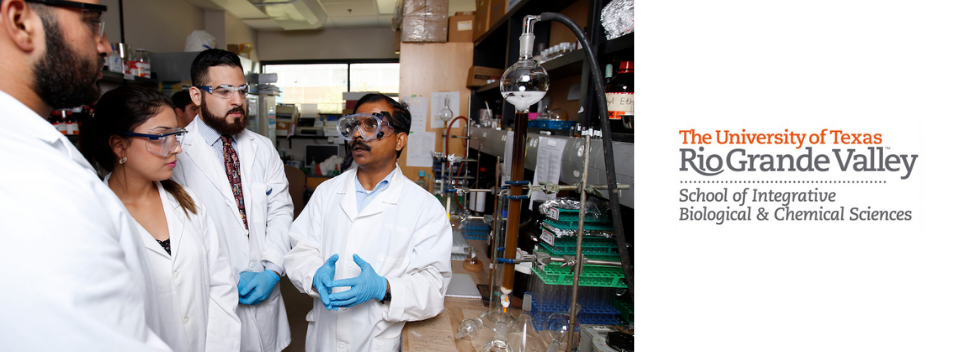
School of Integrative Biological & Chemical Sciences Faculty Publications and Presentations
Document Type
Article
Publication Date
7-18-2024
Abstract
Summary
- Future climate presents conflicting implications for forest biomass. We evaluate how plant hydraulic traits, elevated CO2 levels, warming, and changes in precipitation affect forest primary productivity, evapotranspiration, and the risk of hydraulic failure.
- We used a dynamic vegetation model with plant hydrodynamics (FATES-HYDRO) to simulate the stand-level responses to future climate changes in a wet tropical forest in Barro Colorado Island, Panama. We calibrated the model by selecting plant trait assemblages that performed well against observations. These assemblages were run with temperature and precipitation changes for two greenhouse gas emission scenarios (2086–2100: SSP2-45, SSP5-85) and two CO2 levels (contemporary, anticipated).
- The risk of hydraulic failure is projected to increase from a contemporary rate of 5.7% to 10.1–11.3% under future climate scenarios, and, crucially, elevated CO2 provided only slight amelioration. By contrast, elevated CO2 mitigated GPP reductions. We attribute a greater variation in hydraulic failure risk to trait assemblages than to either CO2 or climate.
- Our results project forests with both faster growth (through productivity increases) and higher mortality rates (through increasing rates of hydraulic failure) in the neo-tropics accompanied by certain trait plant assemblages becoming nonviable.
Recommended Citation
Robbins, Zachary, Jeffrey Chambers, Rutuja Chitra‐Tarak, Bradley Christoffersen, L. Turin Dickman, Rosie Fisher, Alex Jonko et al. "Future climate doubles the risk of hydraulic failure in a wet tropical forest." New Phytologist 244, no. 6 (2024): 2239-2250. https://doi.org/10.1111/nph.19956
Creative Commons License

This work is licensed under a Creative Commons Attribution 4.0 International License.
Publication Title
New Phytologist
DOI
https://doi.org/10.1111/nph.19956


Comments
© 2024 The Author(s). New Phytologist © 2024 New Phytologist Foundation.
This is an open access article under the terms of the Creative Commons Attribution License, which permits use, distribution and reproduction in any medium, provided the original work is properly cited.